No, we’re not back in the 1990s. Some technologies are more permanent than others, and IRC is one of them. These days, IRC works as it always has, new features are being developed thanks to the IRCv3 project , and the premise is still good enough to copy (looking at you, Slack).

If you’ve never heard of IRC, here’s a quick overview.
What is IRC?
It stands for Internet Relay Chat , a communications protocol that allows users to chat in channels (chat rooms) on the IRC network. The network consists of an IRC server, and users connect to the network from IRC client applications.
IRC was founded in 1988 and has had a somewhat checkered history, including splits and forks due to disagreements over protocol standardization. As people moved to social networks and various messaging apps, IRC’s popularity declined. But thousands of people still use it, most of them flocking to Freenode . This is currently the largest IRC network, with the majority of channels dedicated to free and open source software.
All major Linux distributions have IRC channels, so IRC provides a great way to get support and meet other Linux users. Exchange private messages and files with other users, and create your own public, private, or invite-only channels. User actions are called IRC commands and begin with a slash. To join a channel, type /join #channelname in your IRC client.
Most networks allow you to join without an account. Because IRC chats are just plain text messages, the entire experience is lightweight and fast on desktop and mobile devices alike.
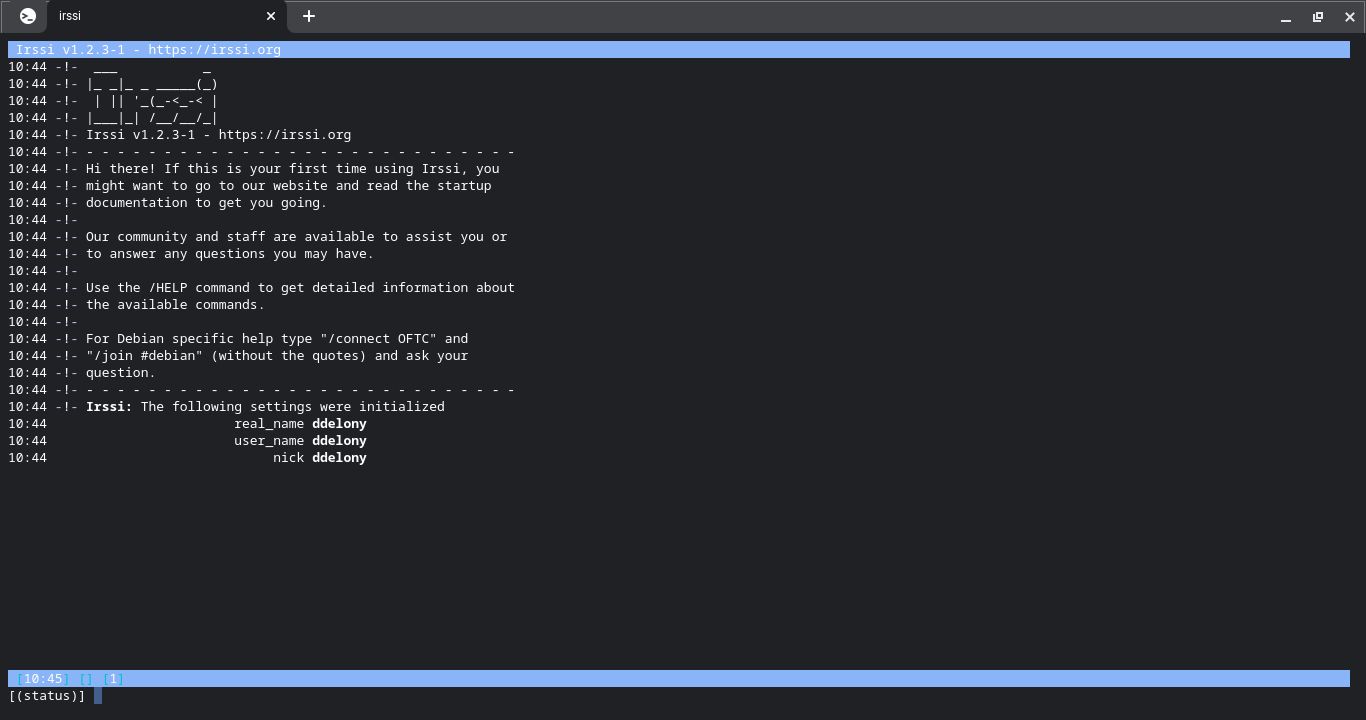
Interested in trying out IRC? Would you like to change your current IRC client? Here are some of the best IRC clients you can find on Linux and what you can do with them.
Keep your IRC client simple
1. Polari

Highlights:
- Automatically upload images and text to the Pastebin service.
2. Pidgin
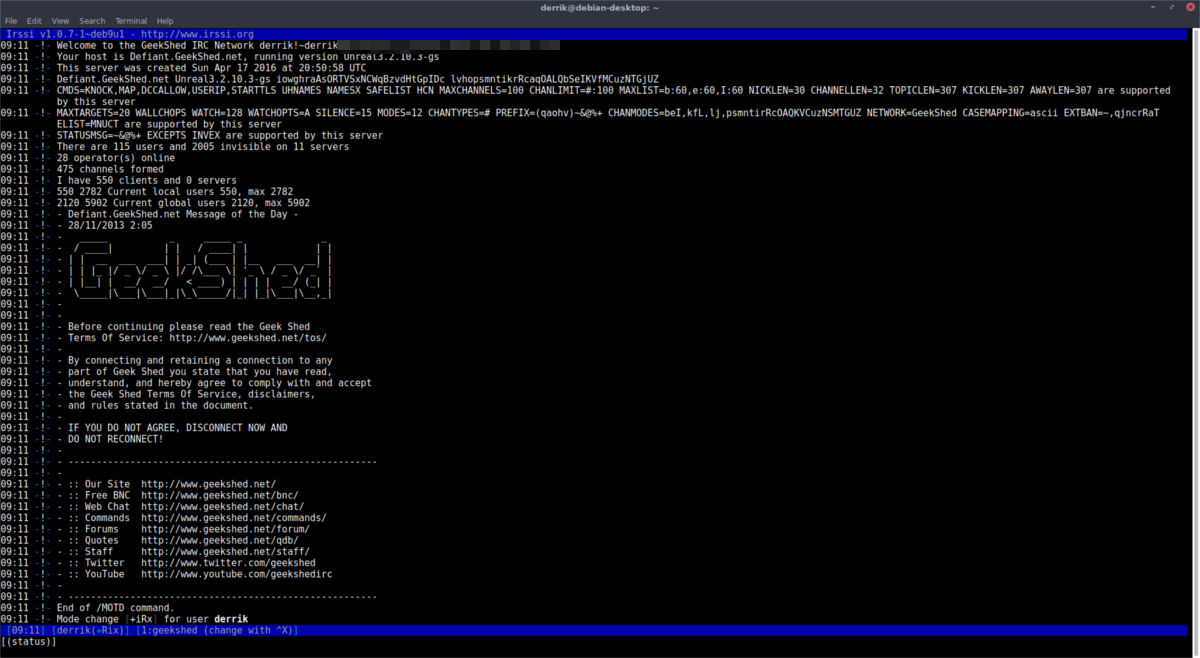
Highlights:
- Optional plugins that allow for word highlighting, customizable notifications, hiding combined/partial messages, etc.
Special note:
Communi – QT-based IRC client with its own IRC framework. Supports split view feature that allows you to view multiple channels side by side.
chat from terminal
3.Ilushi

Highlights:
- Manage all your IRC connections in one window or in many separate windows.
- Split messages into windows by type, with private messages displayed in one window and status messages displayed in another.
4. WeChat
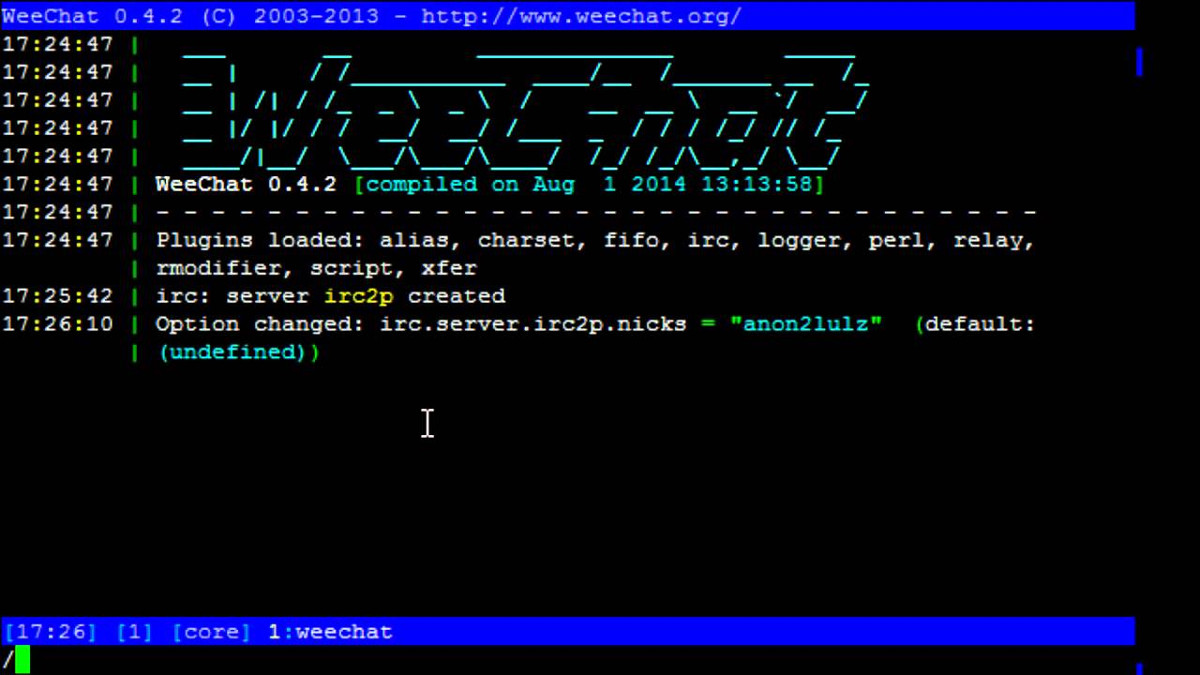
WeeChat can connect to multiple servers and encrypt your personal information . Although WeeChat is an ncurses-based application, it is very colorful and supports various appearance adjustments. You can also use the front end. Glowing Bear is a popular recommendation.
Highlights:
- Create triggers (automated actions) to run commands, send auto-reply messages in private IRC chats, change the color of nicknames in IRC channels, and more.
5.F-IRC
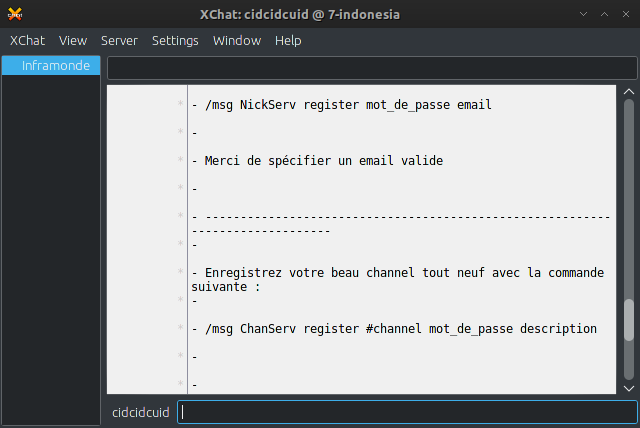
Highlights:
- Autocomplete any number of user-defined words. Just list it in your configuration file.
- The word cloud displays the most frequently used words in IRC chat.
Special notes:
BitchX is a fairly popular command line IRC client, but ii (irc it) is different from the other clients on this list. This is a filesystem-based IRC client that creates directories and files for all participating servers and channels. Give it a try and see if you can stand the geekiness.
don’t miss it
6. Quassel

The “core” (server) components of your application are always online, even if you close the client. When the client reconnects, the server displays new messages since the disconnection. If you don’t like this feature, Quassel still works like a regular IRC client.
You can theme Quassel using stylesheets and organize your open chats using custom chat lists. This feature allows you to group IRC channels, separate private messages from status messages, and hide some types of messages.
Highlights:
- The retrieval backlog option automatically loads the logs of all chat sessions so you can simply scroll through and read older messages.
- Quassel allows you to preview a website by hovering over a link in chat.
7. Sumukushi

Two display modes help you manage multiple IRC channels. Caret mode allows you to navigate Smuxi’s interface with the keyboard, and browse mode allows you to switch to other tabs in Smuxi without changing state (for example, remove highlights or open messages). (or mark as read).
Smuxi is scriptable , so you can create hooks and plugins to expand shortened URLs in chat, print the currently playing song, and system information.
Highlights:
- The Message Patterns option lets you turn common or recurring phrases into links, email addresses, or other user-defined text.
- Integration with Ubuntu messaging menu and GNOME desktop notifications.
Special notes:
With tweaks and plugins, Irssi and WeeChat can also be used for persistent IRC connections. If you want to try a self-hosted solution, try The Lounge or Convos . Both IRC clients can stay online so you don’t miss anything.
fine-tune details
8. Conversation

Konversation has a tabbed interface, with each tab providing detailed notifications about your activity. You can also receive channel messages as notifications on your KDE desktop when Konversation is minimized.
Highlights:
- You can use different character encodings for each channel you participate in.
- Built-in scripts let you share weather information or the song you’re listening to.
- The URL catcher tool can list and export all links from the selected channel.
9. Hex Chat
HexChat supports multiple authentication methods (SASL, NickServ, etc.) and scripting in Perl and Python. The Preferences dialog provides many options for adjusting the interface , including custom colors and transparency. Additional tools for handling URLs and automatically replacing text snippets can be found in the Settings menu.
Highlights:
- The Marker Lines feature lets you separate old and unread messages so you know where you left off in a conversation.
- HexChat can notify you when certain words or usernames appear on your IRC channel.
10. Kviruk
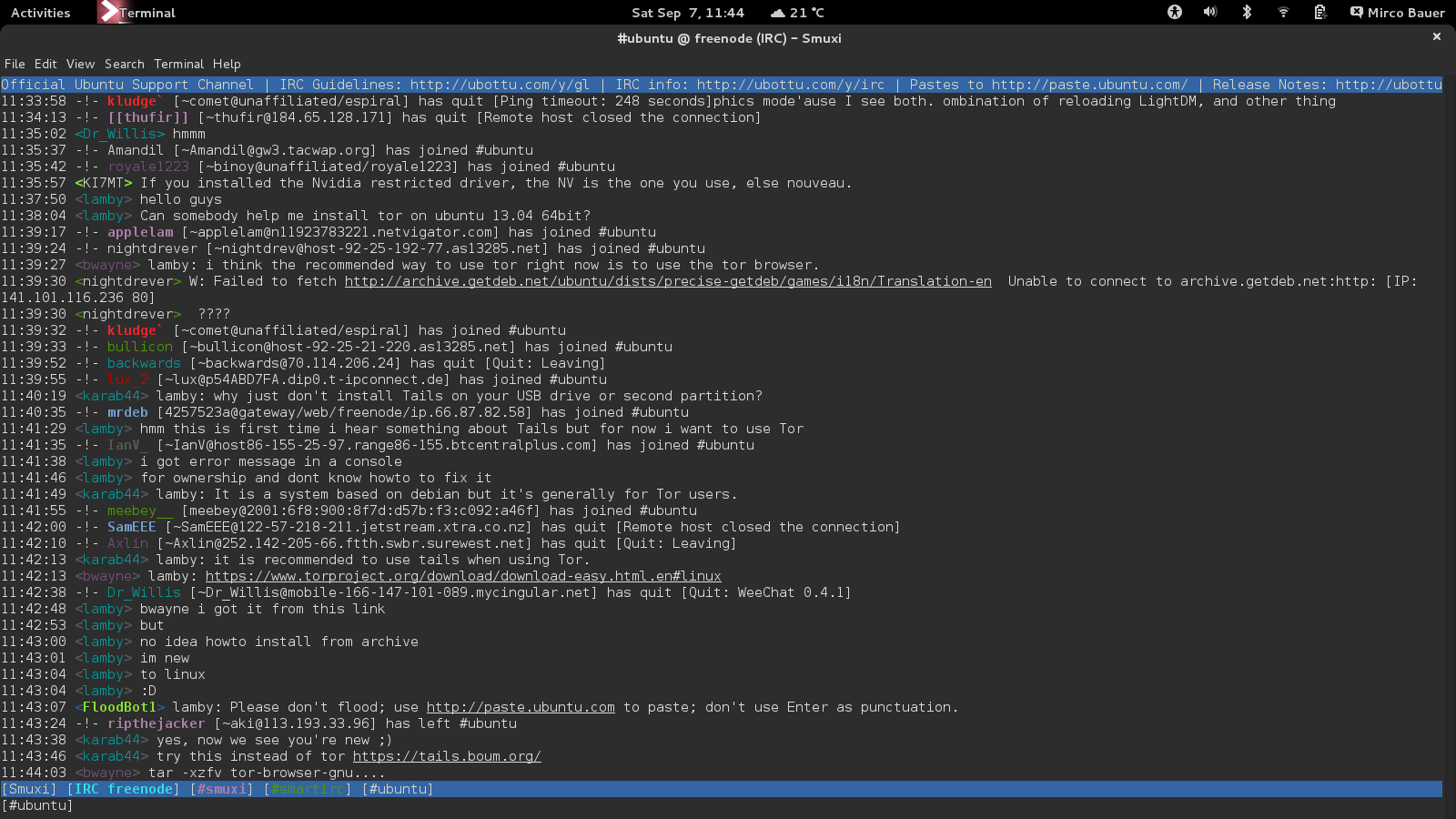
Kvirc makes identity management easy thanks to network profiles . This feature allows you to create separate settings for each IRC network you want to join.
Highlights:
- Create a notification list of usernames you want to track, and Kvirc will notify you when those users come online.
- The smart encoding feature allows you to use two encodings at the same time, which is useful when chatting in different languages.
- Apply word filters to hide spam and unwanted content.
Other cool things you can do with IRC
1. Use your browser as an IRC client
If you already spend a lot of time using a web browser and don’t want to install a separate IRC client, the solution is obvious. Access IRC from your browser! Kiwi IRC is a popular web-based IRC client and a good choice for beginners. Or look at Riot, which we covered back when it was still called Vector.
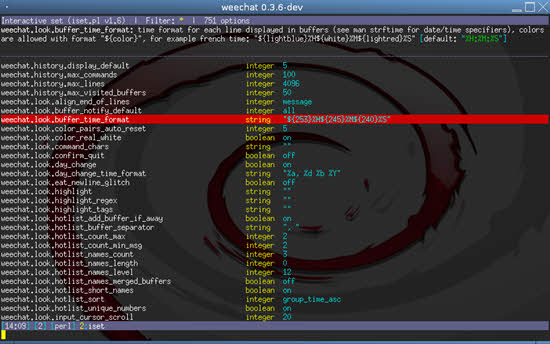
2. Connect to Slack
Slack is heavily influenced by IRC, so it’s no surprise that you can access it from your regular IRC client. True, most options will no longer be available, but you will still be able to send and receive messages. You can follow Slack’s instructions or set up one of our third-party helper apps and plugins ( wee-slack , Slack IRC Client , or lack-irc ).
3. Connect to Twitch
If you watch game streams on Twitch, you probably know that you can chat with other users. Did you know you can do this from any IRC client? It’s relatively easy to set up and is fully explained in the official documentation .
4. Create your own IRC channel
The real fun starts with your own IRC channel. To create one, choose a name, join the channel, and subscribe. That’s it!
That network must have a nickname registered and you can use /msg ChanServ info ##channelname to check if the desired channel name is already in use.
You can now invite users, password protect your channel to make it private, add bots, and more. IRC channels have a variety of uses, from hosting group chats and Q&A sessions to holding study sessions with friends to setting up your company’s helpdesk service.
5. Enjoy IRC bots
IRC bots make your channels more interactive and help you manage them. You can use these for anti-spam protection, automatic bans, and get statistics about your channel and its visitors. Bots can display local time for selected users, retrieve weather information and word definitions, and relay entries from RSS feeds.
You can use bots to organize trivia games on your channels, or for more serious businesses, notify users about activity in your GitHub repositories or new bug reports in your software projects. Some bots can post content to Twitter from their channels, while others can link to Linux manual pages or software documentation. These are relatively easy to program , so if you’re not satisfied with the existing IRC bots, you can always create your own.
See also: 15 Best Free Backup Software for Linux
Try out these IRC clients for Linux. However, please be careful about safety.
Whatever you do on IRC, remember to stay safe. Just like anywhere else on the Internet, malicious users and “wannabe hackers” can appear on IRC channels. Don’t accept files from unknown users. To protect yourself, you can also set up an ignore list and disable private messages. Of course, as long as you’re polite and respect the channel’s rules, you’ll have a great time.
We’d love to hear your thoughts about IRC. Are you still using it? What is your favorite IRC client for Linux? Let us know in the comments below.




![How to set up a Raspberry Pi web server in 2021 [Guide]](https://i0.wp.com/pcmanabu.com/wp-content/uploads/2019/10/web-server-02-309x198.png?w=1200&resize=1200,0&ssl=1)












































